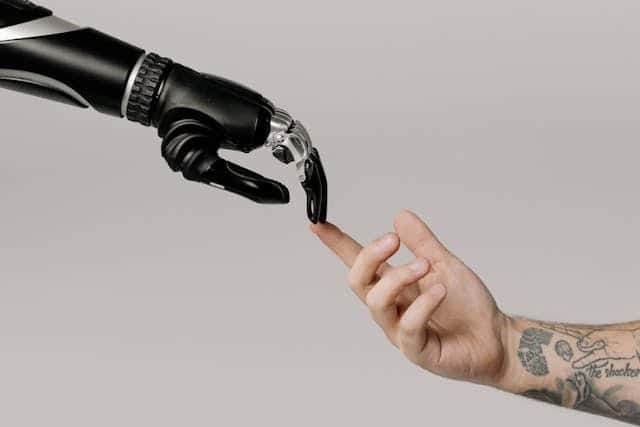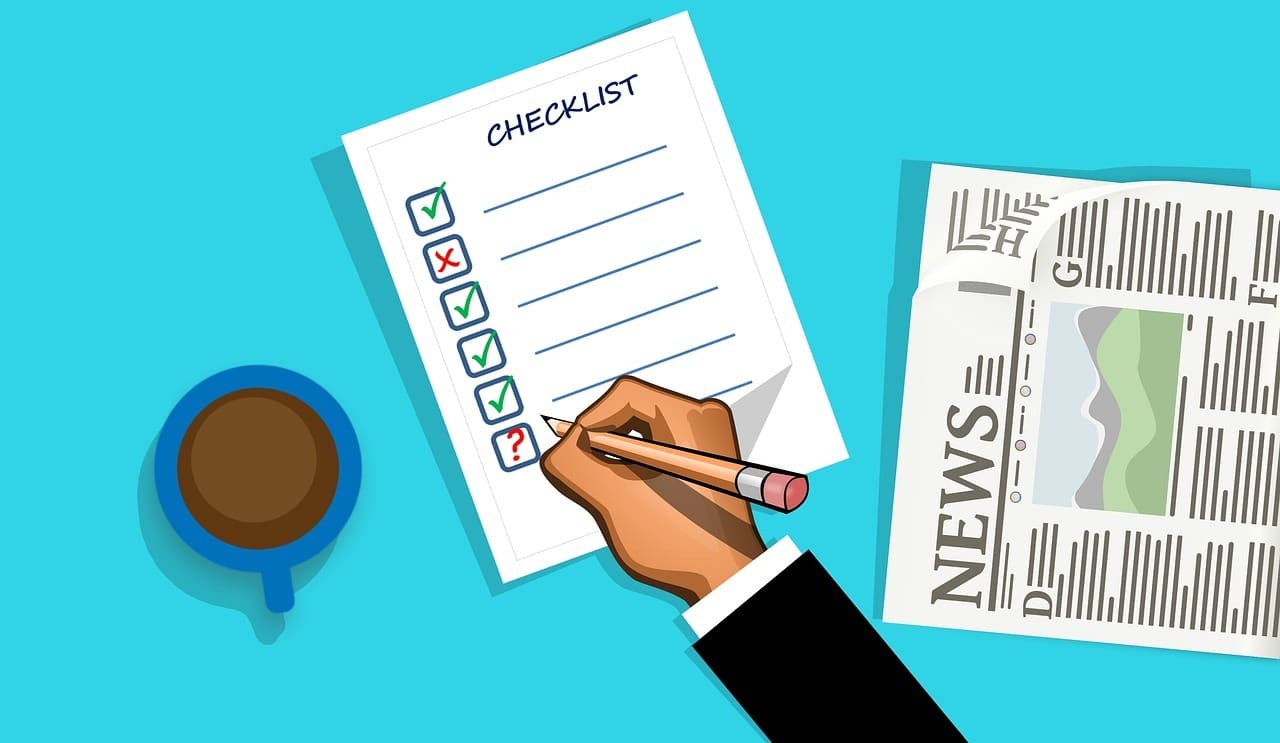Why AI Can’t Produce a Sworn Translation
We’re surrounded by artificial intelligence. It recommends series to binge, drafts our emails, summarises books we never read… it even dares to translate documents. But there’s one arena where, for now at least, AI doesn’t get a pass: sworn translation.
Yes—the kind you’re asked for when you study abroad, marry someone from another country, or need to validate a qualification. The one that carries a stamp and a signature and, if it isn’t flawless, sees your paperwork bounced back without a second thought.
And you know what? No amount of ChatGPT will do.
The first hurdle: the law doesn’t speak algorithm
Even if AI can churn something out in seconds, no country (for now) legally recognises a machine-generated sworn translation. Why? Because for it to be valid it must bear the name and signature of an authorised sworn translator—like the professionals at Traductores Jurados iTrad. A real human being.
And yes, that means someone has read the document, understood it, and is putting their name—and legal responsibility—on the line. However clever as it is, AI can’t do that. It can’t sign. And it can’t answer to a judge if it gets something wrong.
Precision isn’t its strong suit (not yet, anyway)
AI is fast, absolutely. But it isn’t always precise. In legal, notarial or academic documents, a single comma out of place can cause real problems. So can a mistranslated word, or a legal term that means one thing in one jurisdiction and something else entirely in another.
Context matters. A lot. And AI still doesn’t grasp it completely. It might translate “título” as “title” when what’s required is “degree certificate”. At a foreign university, that kind of slip can trigger an automatic rejection.
And what about confidentiality?
We’re not translating a restaurant menu here. We’re dealing with court rulings, contracts, birth or adoption certificates—documents that contain sensitive, personal or strictly confidential information.
Here’s another issue: many AI systems run in the cloud. Where does your data go? Who can access it? Where is it stored? There isn’t a clear answer. For serious procedures, that’s simply not acceptable.
So, is AI useless then?
Let’s not exaggerate. It can help. As a first draft. As an assisting tool. But it is not—at least for now—a real substitute for a sworn translator. It has no judgement, no full understanding of context, and no legal accountability.
What remains irreplaceable
A sworn translator knows when to adapt a term, how to handle ambiguity, and what the destination country requires. They know how to format the translation, apply the stamp, and deliver everything, so that no official has cause to reject it.
And above all, they stand behind their work. Can AI do that? No.
In short: AI can translate, but it cannot certify
However far technology advances, sworn translation remains—and will remain for a good while—a human profession. One that demands responsibility, precision and legal knowledge.
So if you’re tempted to run your birth certificate through the latest automatic translator… think twice. Or be prepared to start the process again from scratch.




